


Chlorpyrifos Technical is an organophosphate insecticide widely used in agriculture for the control of a broad spectrum of insects. It acts by inhibiting acetylcholinesterase, disrupting nervous system functions in target pests. Its technical grade formulation is used for manufacturing various agrochemical formulations, including EC, GR, DP, and WP.


Chlorpyrifos Technical is an organophosphate insecticide widely used in agriculture for the control of a broad spectrum of insects. It acts by inhibiting acetylcholinesterase, disrupting nervous system functions in target pests. Its technical grade formulation is used for manufacturing various agrochemical formulations, including EC, GR, DP, and WP.

.3d8f8f41.svg)
Agrochemicals
.3556d45a.svg)

Crop Protection & Pest Control


Insecticides
Included in Quote
Included in Quote
Included in Quote
Included in Quote
.7767eb0f.png)

Chemical Properties & Specifications
Used to control a wide range of insects including aphids, thrips, mites, and caterpillars on crops like rice, cotton, maize, sugarcane, and fruits.
Protects vegetables and ornamental plants from pests.
Used in certain seed treatments to protect against early-season pests.
Controls insect pests through various formulations like EC Crop Protection-(Emulsifiable Concentrate), GR (Granules), DP (Dusting Powder).
Public Health Pest Control-Also used in vector control applications under regulated conditions.
Broad Spectrum Control Effective against various insects on multiple crops
Formulation Versatility-Available in EC, GR, DP, and WP formulations
Systemic and Contact Action-Offers both systemic and contact insecticide effects
Fast Acting-Quick knockdown effect on targeted pests
Chlorpyrifos Technical remains effective for controlling a broad spectrum of insect pests in crops such as rice, maize, and cotton. Its dual action (contact and systemic) and quick knockdown effect are key reasons why it's still in use in developing countries where cost-effective pest control is critical.
Alternatives include neonicotinoids (Imidacloprid), pyrethroids (Lambda-cyhalothrin), and biological control agents, which offer lower toxicity profiles and are often compliant with newer EU/US pesticide regulations.
Exporters must comply with PIC (Prior Informed Consent) procedures under the Rotterdam Convention, and specific import restrictions in the EU and USA. Many countries require strict residue analysis and certification of compliance with national pesticide guidelines.
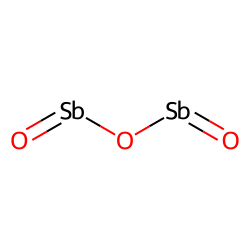
CAS No. : 1309-64-4
Category : Inorganic compound
Sub-Category : Flame retardants
Description: Antimony trioxide (Sb2O3) is an inorganic compound commonly used as a flame retardant and as a catal...
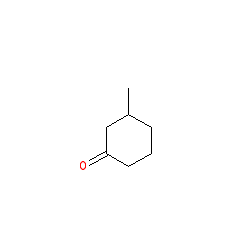
CAS No. : 36306-87-3
Category : Fragrance Ingredients
Sub-Category : Aroma Chemicals
Description: Kephalis is widley used in many industries. It plays a key role in the production of resins, coating...
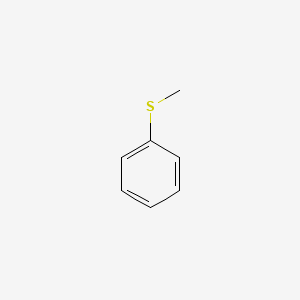
CAS No. : 100-68-5
Category : Pharmaceutical Actives & Precursors
Sub-Category : Intermediates & Precursors
Description: Thioanisole is a colorless to light yellow liquid with an aromatic odor. It serves as a valuable int...
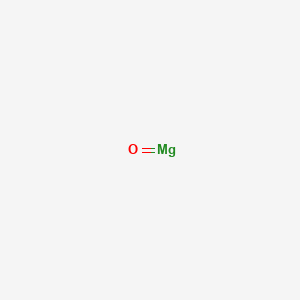
CAS No. : 1309-48-4
Category : Inorganic compound
Sub-Category : Magnesium compounds
Description: Magnesium oxide, commonly known as magnesia, is a white hygroscopic solid mineral that occurs natura...
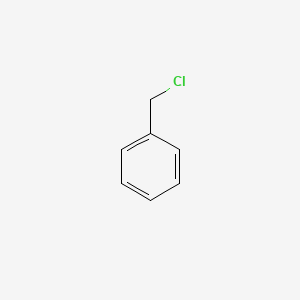
CAS No. : 100-44-7
Category : Organic Intermediate
Sub-Category : Reagents
Description: Benzyl Chloride is a colorless to pale yellow liquid with a pungent odor. It is primarily used as an...